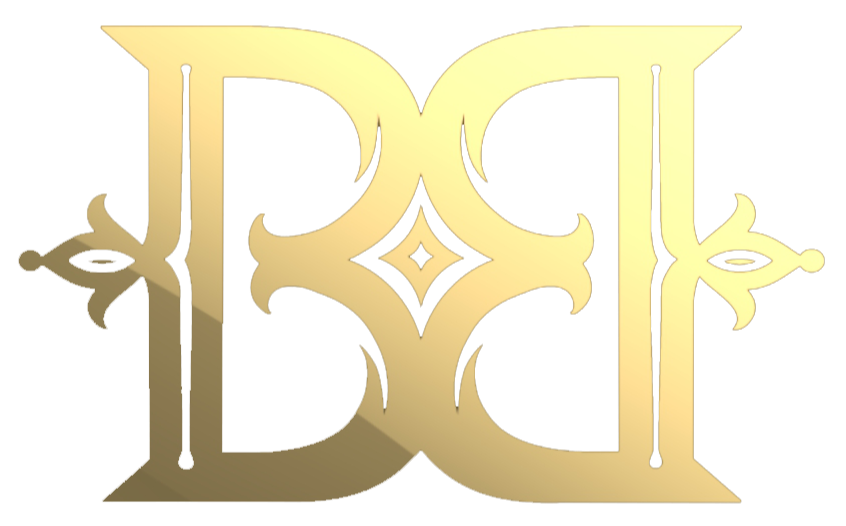Dress Shirts vs. Casual Shirts: How to Wear Them Right
- Tom Goedhart
- Apr 23, 2016
- 2 min read
In English, the term “dress shirt” refers to what we call a "sơ mi công sở" in Vietnamese. It’s the shirt you'd wear for more formal or professional occasions - think work, weddings, parties, or job interviews. On the flip side, a “sơ mi casual” is a casual shirt you wear when you’re off the clock, enjoying some downtime or casual activities.
It’s common to see people mixing up these two types of shirts, especially in Vietnam where the dress code can be more relaxed. But even so, it’s always better to know how to distinguish them properly, so let’s break it down!
General Style
Dress shirts are generally simple and understated. They tend to come in muted, classic colors, making them ideal for more formal settings. Casual shirts, on the other hand, are more vibrant with bolder colors, bigger patterns, and a lot more variety.

Left: Dress Shirt. Right: Casual Shirt.
Collars
Dress shirts usually have point-forward or cutaway collars, which can be worn with or without a tie.

If your work environment is a little more relaxed, you can go with a button-down collar, but keep in mind that button-downs are considered more casual than the other two styles.


Most formal: Bow-tie collars (great for tuxedos or parties).
More casual: Button-down, Mandarin, or Cuban collars. These add a bit of flair, especially Mandarin and Cuban styles.

Want to Stand Out? Try a Mandarin Collar or Cuban Collar.
If the collar color contrasts with the body of the shirt (usually white), you’re looking at a dress shirt. Contrast collars are often used in formal shirts to add a sophisticated touch.

Contrasting Collars (usually white) – A Classic Sign of Office Shirts.
Pockets
The rule is pretty straightforward: no pockets = more formal, more pockets = more casual. If your shirt has a pocket, it's probably meant for more relaxed settings.
Patterns
Dress shirts typically come in solid colors, subtle stripes, or small checks. If you spot a shirt with large checks, polka dots, or vibrant patterns, it’s likely a casual shirt.

Office or casual, formal or relaxed? The pattern says it all.
Length
Dress shirts are generally longer because they’re meant to be tucked in. A shirt that’s too short can easily become untucked, giving you a messy look, especially around the hip area. On the other hand, casual shirts can be shorter and worn untucked.

Left image: Too short for a tucked-in look. Right image: Too long to leave untucked.
You can also tell by the shirt tail. If the tail is straight or not too slanted, it's designed to be worn untucked, which means it’s a casual shirt. High side slits are a key feature of dress shirts.
Next time you’re picking between a dress shirt and a casual shirt, keep these tips in mind to make sure you’re dressing appropriately for the occasion. Whether you're dressing up or keeping it casual, the right shirt can make all the difference.

Opmerkingen